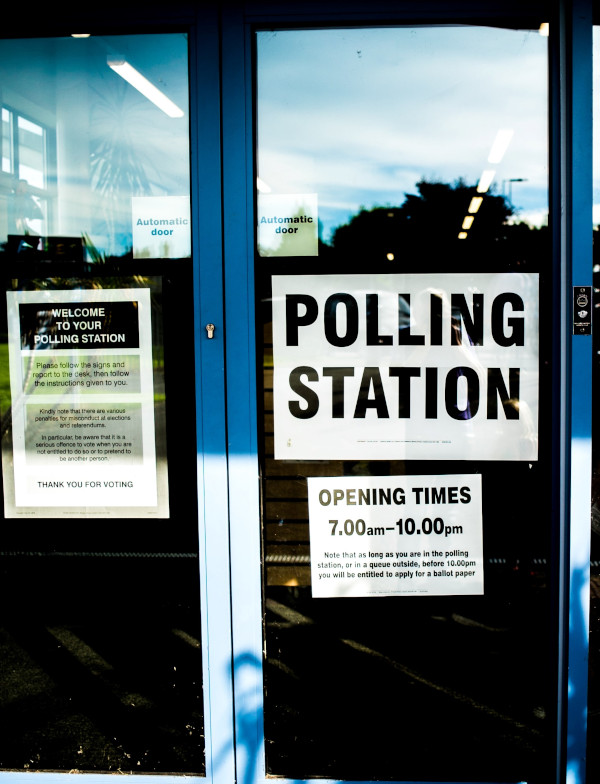You can access the interactive application by clicking on the map below (opens a new window; the application is in German). The application allows for an individually adjustable exploration of unequal life chances in various spatial context in Switzerland.
Data and methodological approach
Modelling political participation
The results on political participation are based on three different data sets from the year 2017: The Swiss election study SELECTS, the MOSAICH-survey, and the Swiss household panel SHP. We include only those observation who are entitled to vote in Switzerland by their citizenship on the one hand and by their age on the other. Some of the variables used in the models needed to be generated which enter the models as predictors along some other original variables. We use hierarchical regression models for all the three different indicators of participation (voting for a specific party, voting in elections, and taking part in popular votes). These models are used to calculate individual propensities of participation in different geographical contexts. The visualisations are based on these predicted probabilities.


Modelling labour market and participation outcomes
We use pooled data from the Federal Structural Survey to estimate the probabilities of obtaining different educational degrees, the risk of being unemployed, and the likelihood of ending up in different parts of the status distribution. To this end, we combine data from the years 2013 to 2017, resulting in somewhat more than 3 million observations, that is, more than a third of all people living in Switzerland. The samples are adjusted for the different outcomes under study, for example, regarding the age of respondents. Depending on the outcome, we use different non-linear models to adequately represent the underlying data. These models are the basis for predicting the individual probabilities (for example, the probability of graduating from a grammar school), which are then averaged for different social groups in different geographic contexts (e.g., women in the city of Basel whose parents graduated from university). These aggregated probabilities are the basis for the interactive maps in the application.
